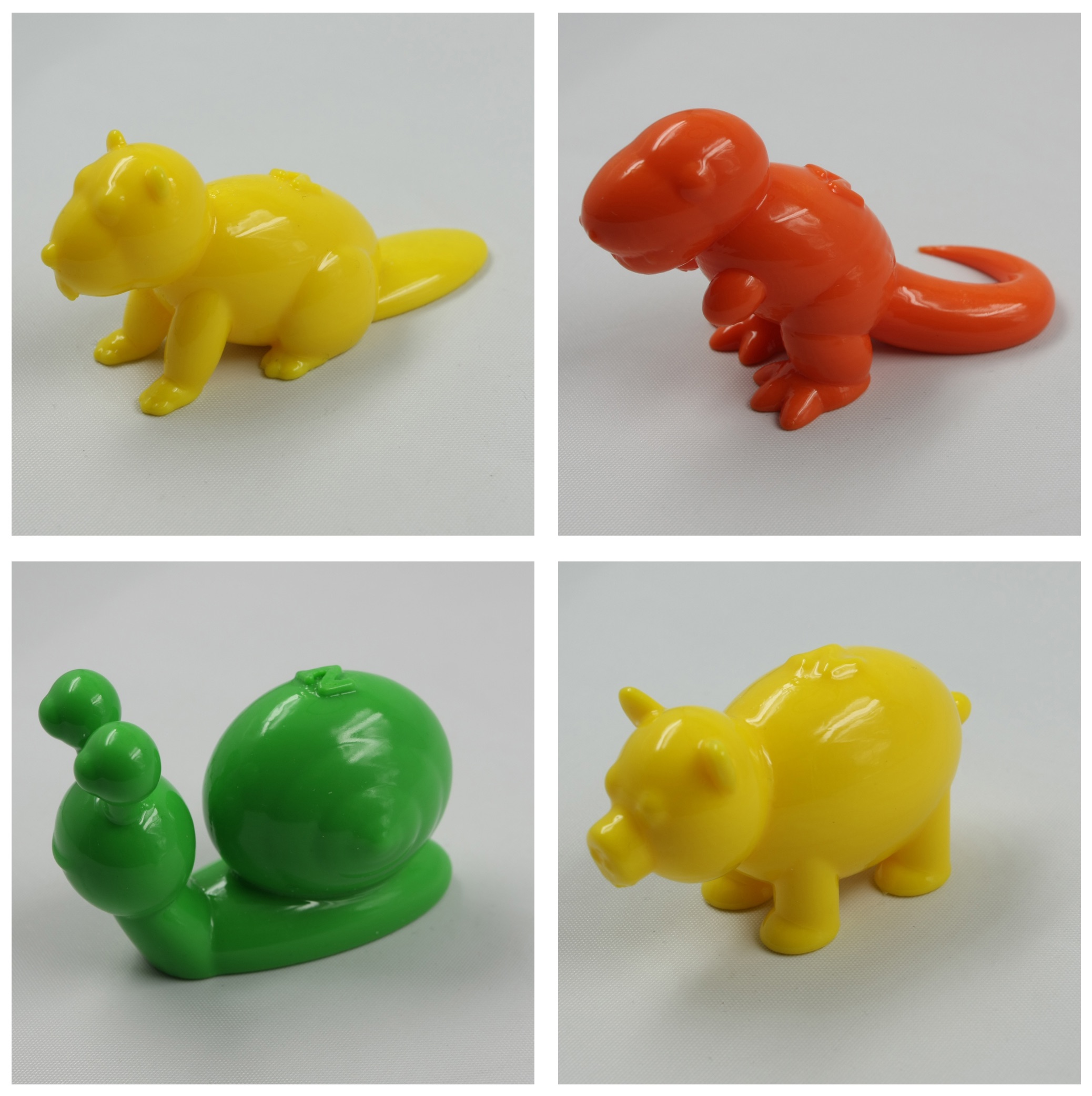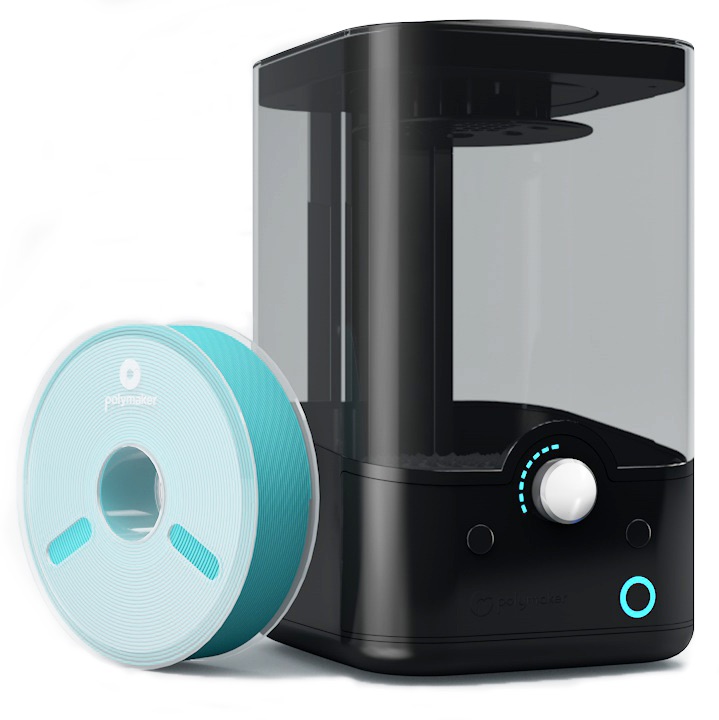
Shanghai-based Polymaker has developed a combination plastic filament and device to perfectly smooth 3D prints.
The system attempts to solve the eternal problem with any layer-based 3D printing approach: you can see and feel the layers! There are multiple ways to overcome the layered effect, ranging from sanding & painting the print, to complex chemical baths that dissolve the outer surface for smoothing.
The most typical method of smoothing works only with ABS plastic, and involves use of potentially dangerous Acetone in vapor or liquid form. Since many desktop 3D printers these days do not (and even avoid) ABS plastic, this approach is not particular useful for many. As a result, most 3D prints remain unfinished and rough.
The scientists at PolyMaker, a producer of high-quality 3D printer filament, have developed a very unusual combination system to enable practically anyone with a filament extrusion-based 3D printer to obtain perfectly smooth 3D prints.
Chemistry wins again!
The secret is in the chemistry of the plastic filament, which they call “PolySmooth™ PVB”. “PVB” is also known as “Polyvinyl butyral”, a plastic resin invented in 1927 that I’ve not previously seen used in 3D printers.
Polymaker realized that a process similar to the ABS / Acetone process could be used on PVB, but instead of dangerous acetone, much more common and safe chemicals could be used. In this case, ethanol or isopropyl alcohol are used.
Their system involves first 3D printing an object using their new PolySmooth PVB filament, which, as far as I can tell, is very similar to PLA in its 3D printing properties: low temperature, negligible warp, etc. This step is ridiculously simple: just buy their filament and use it. No other changes required.

The second step is more complex, but still easy: you’ll have to obtain a “Polysher™” unit. It’s an enclosed chamber into which you place the PolySmooth print. Then, a “nebulizer” fills the chamber with atomized particles of alcohol, which inevitably land on the surface of the print.
The alcohol does its work by slightly dissolving the surface of the print and causing the PolySmooth material to flow. This smooths the surface and even creates a glossy finish! Evidently the PolySher device provides some measure of control over the amount of smoothing by adjusting the duration of exposure. Once the smoothing process is complete, the PolySher cleans the chamber of particles and dries the print in about a minute. Very fast, indeed!
The video shows how this works:
The results from this process are quite impressive. Here we see some example prints that have been smoothed using the process.

Can you get this now? Unfortunately not quite, as their product launch happens on Kickstarter April 25th. It’s not known what price levels they’ll set for the filament and the smoother, so it’s still not clear whether this is for everyone quite yet. However, if they price it carefully, it could be an item found in many 3D print operations.
There are a couple of catches, though:
- To use this system, you’d have to buy your filament only from Polymaker at whatever price they want to charge you.
- It requires the purchase of the PolySher device and alcohol supplies for it.
- You must be satisfied with the mechanical, thermal and other qualities of PVB for your application. Heat thresholds could be an issue here.
- You are limited to the colors and materials provided by Polymaker’s catalog.
- It’s unclear whether PolySmooth will adhere to your existing 3D printer platform during printing. You may need a new sticky surface that works with PVB.
But if that’s ok for your application, you might want to jump on their Kickstarter when it opens on the 25th.
[UPDATE] I’ve just learned that the new material actually does work well with existing bed adherence solutions. According to Polymaker’s CEO:
PolySmooth adheres well to most common printing surfaces, e.g. the blue tape, kapton tape, BuildTak, etc. No bed-heating is required for most of them. It is very easy to work with.
Via PRWeb

